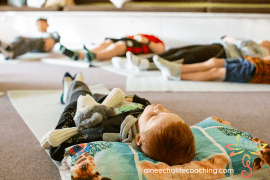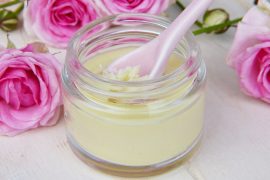3. Acetone
Products like nail polish, hair colour, baby wipes and even finger paints often contain acetone. This volatile organic compound spreads through the air very quickly, making it easy for you to inhale large amounts in a relatively short amount of time. Overexposure can cause lung irritation, rapid heart rate, dizziness, vomiting and a number of other health problems. In animal studies, long-term exposure also resulted in birth defects and male reproductive issues.
Avoid this chemical by purchasing acetone-free nail polish removers and similar products that might also contain acetone.
If you must use this chemical, be sure to do so in a room with good ventilation or go outside so that you don’t breathe it in high concentrations.
4. Bisphenol A
Also known as BPA, bisphenol A is a plastic additive that many brands use in epoxy resins inside metal products and polycarbonate plastics. Your water bottles, plasticware and other plastic goods may be harbouring this additive without you even knowing, especially if you bought the products a few years ago. BPA can leach into your food and cause several health problems. Additionally, it can affect the prostate glands of fetuses, infants and children.
Luckily, the FDA has recently begun to regulate the use of BPA in consumer products. However, some containers and cans may still contain this additive.
Look for products with a BPA-free label and avoid purchasing plastics with recycling codes three or seven. Instead, use porcelain, stainless steel and glass containers to store food and beverages.
Do Your Research on Harmful Chemicals
The products you use every day can affect your life and the lives of your children in more ways than you might ever know. This fact is especially true as brands introduce new products and ingredients to consumers every day.
How do you know what you’re purchasing and using is safe? While there’s no easy way to know for sure, you can greatly reduce the number of chemicals in your home by reading labels, doing your research and opting for natural cleaners and products as much as you can. In this way, you can protect yourself and future generations.
Emily is the editor of Conservation Folks and a sustainability and conservation blogger. Follow her on Twitter to see the latest updates.










